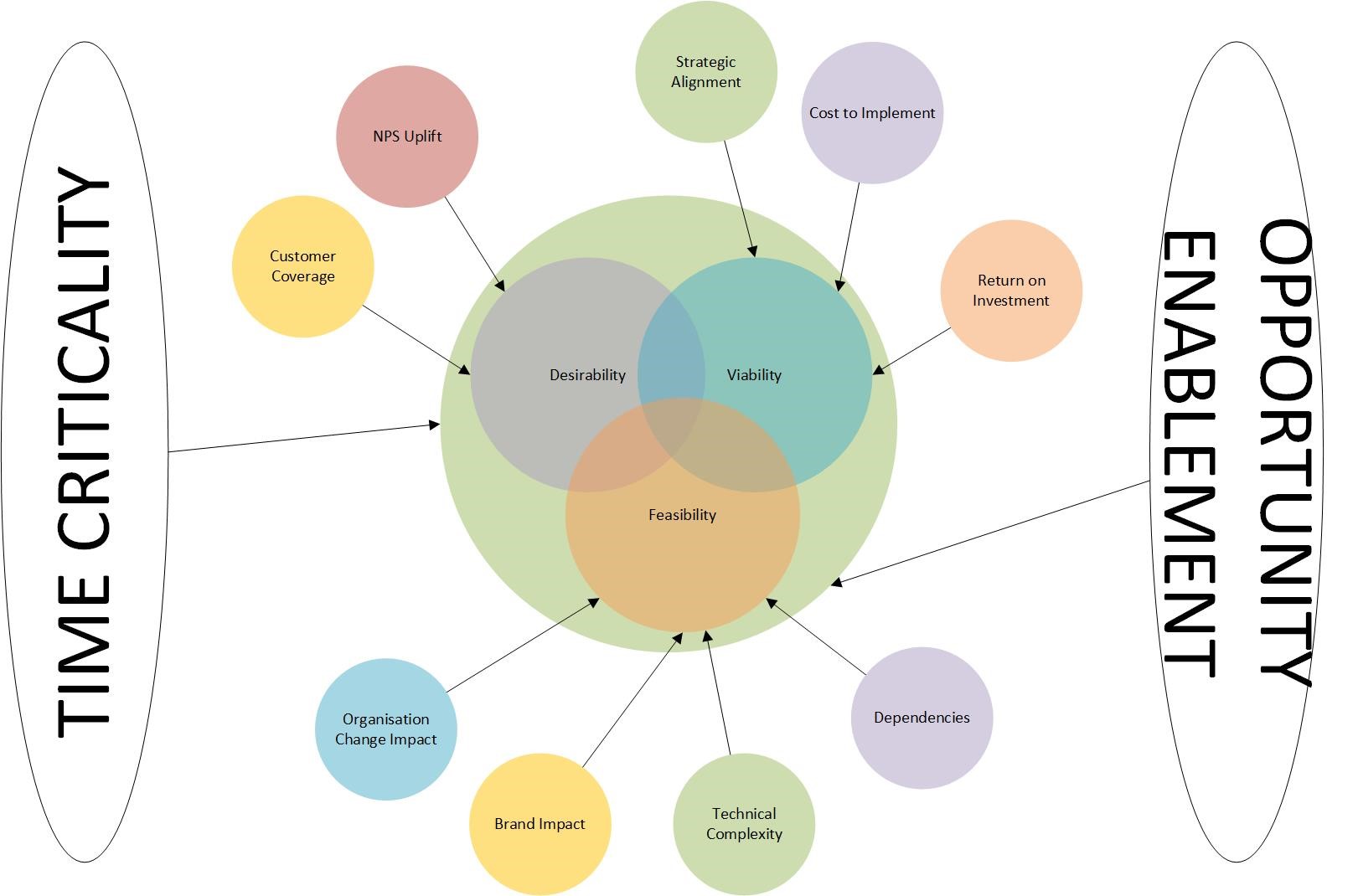
Photo by Kaleidico on Unsplash
I recently presented a topic in an online event organised by IIBA – Australia Chapter. I received a very interesting question from the audience that really got me thinking. The question was that the current pandemic has seen many companies downsize and bring down their staff numbers to the bare minimum. How can we ensure that as Business Analysts, we are seen as an essential service for our organisation? It was a really interesting question. I thought I should elaborate on my answer I gave and write this article. I thought it will be helpful for:
a) Business Analysts to understand how they can operate within their organisation during this stressful time and
b) Companies to realise the value of Business Analysts and how they can use them to their advantage.
I wish to focus on explaining the reasons why a company should hold on to Business Analysts and leverage their skills in a way that will help them through these economically challenging times due to the pandemic.
Cost savings
A huge part of what Business Analysts do is to find ways to increase process and cost efficiencies. Our skill and methodical approaches in looking at the business and spotting improvement opportunities is often understood and appreciated. This is precisely what companies would like to do and to have a Business Analyst by your side to perform that analysis and help the business this way is priceless.
Pre-Analysis
During this time companies want to save every penny and ensure they invest in only the right projects to reap return on investment and address the right pain points of the customer. The pre-analysis that a Business Analyst does with a strategic mindset, can be really useful to companies.
In order to confidently prioritise the right initiatives, all the ideas should be assessed for its desirability, feasibility and viability with an eye on strategic alignment to the organisation’s goals. The ideal innovation process is the trifecta of desirability, feasibility and viability (DVF), an idea that originated from IDEO in the early ’00s (https://www.ideou.com/blogs/inspiration/how-to-prototype-a-new-business)
- Desirability tests whether your innovation is solving the right customer problem
- Feasibility tests whether your innovation strengthens your business and
- Viability tests your value chain for long-term sustainability
The below diagram looks at the three aspects and identifies what constitutes each of these three elements. When every initiative is assessed against each of these aspects under desirability, feasibility and viability (DVF), the business gets an understanding of what is involved and what is the expected return on investment.

Figure 1: Desirability-Viability-Feasibility Framework
Where a Business Analyst can be really valuable, is by doing the heavy lifting here and engaging with the crucial parts of the business to analyse every idea and inform management’s decision-making process by offering insights from the DVF assessment.
Centre of every project
In every project I have worked in as a Business Analyst, I have found myself to be centre of information for the project and the business. I became the single source of truth. How that has been possible is because of the prolonged engagement and the relationship built with the stakeholders.
The Business Analyst is in a great position to build that relationship with the key stakeholders and gets to dig deep into the problem and nail the core of the issue and address that. The BA is in the best position to get to the heart of the problem/opportunity and understand the right pain point to address. Because of this, the Business Analyst is able to come up with the most accurate and well-defined requirements which forms the basis of development and testing.
As a result of this the Business Analyst plays a pivotal role in the project success and we become the connecting link for all the key project members. For example,
- Product Owner: Product Owners and Business Analysts must be inseparable as POs can function extremely well with a BA by their side. A Business Analyst equips them with all the necessary data and insights that will help the PO take an informed decision when it comes to the product direction.
- Scrum Master/Project Manager: This partnership of the BA with the PM/SM is well known and the right combination here can do wonders for the project success.
- Change Manager: The BA already has established a relationship with the business and that can be leveraged by the Change Manager to understand the business and tailor the change strategy.
- Architects/Developers: Developers can really build appropriate solutions when they leverage the BA’s understanding of the requirements and validate the designs with the BA.
- Testers: Just like with developers, the BA understands the requirements like no one else and so any assistance or clarification needed by the testers to build test cases and identify the acceptance criteria will be very valuable to the testing process.
All with the mindset of aligning to the Sponsor’s and Organisation’s overarching strategic intent.
You will notice that there is a bit of all these people, including the Sponsor, in a Business Analyst. Most Business Analysts will relate to the fact that we are asked to step into some of these other roles during projects because we are in the best position to take them up, especially the roles where the skills are transferrable.
Useful before, throughout the project lifecycle and after
As a BA Leader myself, I have often encountered the question of “Why is a BA needed for 100% of the time for a project? What do you really do once the requirements are gathered and documented?” My response is this is that Business Analysts are the connecting link between all the phases of a project. We ensure that the project resources don’t work in silos. We ensure that documents are not created just to pass it over the fence to the next team.
There is a reason why a Business Analyst is always busy. The following picture will tell you why.

Figure 2: Business Analyst’s involvement in the project lifecycle
Conclusion
The BABOK describes a Business Analyst as someone who is responsible for discovering, synthesizing and analysing information from a variety of sources, within an enterprise, including tools, processes, documentation and stakeholders. The Business Analyst is responsible for eliciting the actual needs of stakeholders – which frequently involves investigating and clarifying their expressed desires – in order to determine underlying issues and causes.
A good Business Analyst will never act solely on what’s being expressed to them as a requirement, instead will dig deep and find out what is the actual business need for this change/initiative. We assess the validity of the idea and explore and examine the impacts and the complexities before recommending an appropriate solution for the business problem.
I certainly don’t say Business Analysts can solve all your problems but what I can say for sure is your BAs can give you learnings and insights that will equip you to seize opportunities, take critical decisions that can alleviate the pain and identify cost efficiencies. This is essentially what all companies need to survive and sustain, not just during an economic slowdown.
Author: Arvind Arcot, Business Analyst
 Arvind brings over 20 years of professional experience, including 13 years as a Consultant and Business Analyst. He has extensive Banking, Finance and ICT sector experience, rounded out by experience in Government (Australian), Transport, Petroleum, Higher Education and Retail. He has been deployed on numerous consulting engagements throughout the Asia Pacific region, enabling him to engage in highly varied client organisations.
Arvind brings over 20 years of professional experience, including 13 years as a Consultant and Business Analyst. He has extensive Banking, Finance and ICT sector experience, rounded out by experience in Government (Australian), Transport, Petroleum, Higher Education and Retail. He has been deployed on numerous consulting engagements throughout the Asia Pacific region, enabling him to engage in highly varied client organisations.
Arvind is a passionate BA leader and has established and run various BA practices in his career. He also has a passion for writing and publishing white papers/articles to document and share experiences, learning and observations from his professional career. Arvind is also a nationally recognised industry speaker and has spoken in various BA conferences in Australia. He is the Melbourne branch chair of IIBA, Australia Chapter.